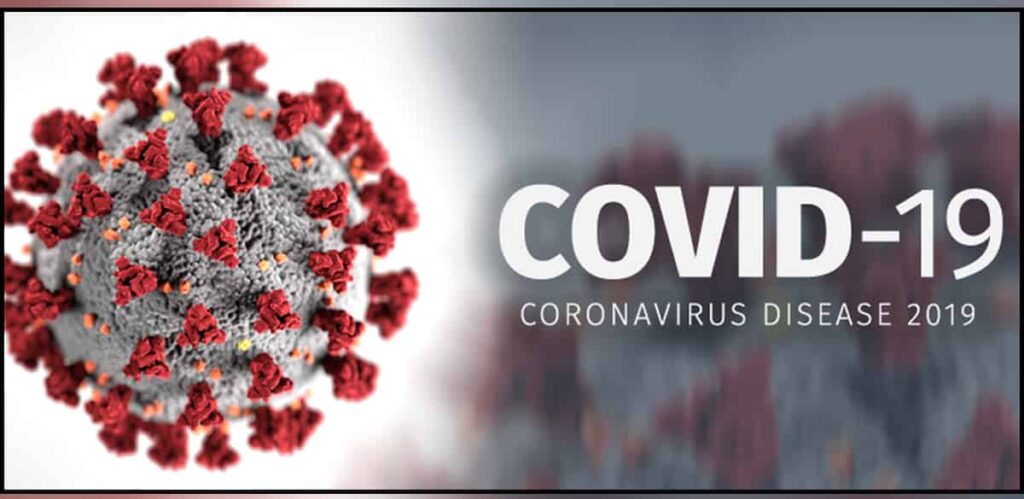
Everybody in Connecticut is tired of the virus epidemic, and no one is more entitled to be tired of it than Governor Lamont. It has devastated the finances of state government, commandeered its management, crippled education at all levels, and worsened many social problems.

While people admire the governor’s calm and conscientious manner, they may lose patience as his plan for returning Connecticut to normal starts reversing. Of course the epidemic is not the governor’s fault and he deserves sympathy, but his reversal amid fears that the epidemic is surging again should prompt reconsideration of the measures being used to set policy.
Are the governor’s premises correct?
The primary measure of the epidemic, in Connecticut and other states, is the “positivity rate,” the percentage of daily virus tests reported as positive. One day a week ago the rate exceeded 6%, setting off hysteria among news organizations, before falling the next day to a more typical 3%. But these figures don’t mean that 6% or 3% of the state’s population is infected. These figures mean only that infection has reached those levels among people who chose to be tested in the previous several days.
Infection levels among the entire population of the state may be lower or higher than the daily “positivity rate.” Paradoxically, a higher rate might be much better. That’s because most people who contract the virus suffer no symptoms or only mild symptoms and do not require special treatment even as they gain antibodies conferring some immunity. Indeed, if the governor’s data is analyzed in another way, so as to calculate what might be called the serious case rate, the positivity rate loses relevance, the virus looks less dangerous, and the epidemic looks less serious.
For the eight days from Oct. 26 through Nov. 2, the governor reported 7,806 new virus cases, 50 new “virus-associated” deaths, and 107 new hospitalizations. If deaths and new hospitalizations are totaled and categorized as serious cases, the serious case rate for those eight days was only 2% of all new cases, substantially below the positivity rate for those days — 3.4% — and way below the one-day positivity rate that caused alarm.
The mortality rate for the eight days was only six-tenths of 1% of all new cases — and that is measured only against known new cases. If the mortality rate could be calculated from all new cases, including the week’s unreported cases — asymptomatic people — it likely would be much smaller.
After all, it seems that 7,649 of the 7,806 people who figured in the virus reports for those eight days — 98% of them — were simply sent home to recover, perhaps with some over-the-counter or prescription medicine.
At the governor’s Oct. 26 briefing Dr. John Murphy, chief executive of the Nuvance Health hospital network, tamped down the fright. Murphy noted that treatments for the virus have gotten much more effective since the epidemic began in March — that while there is as yet no cure, there are medicines that slow the virus and aid recovery, and that as younger people with fewer underlying health problems have become infected, the virus fatality rate and the average length of hospitalization have fallen by half.
The great concern at the start of the epidemic — hospital capacity — remains valid, but it deserves reconsideration too. Back then the Connecticut National Guard set up field hospitals with nearly 1,700 beds, including more than 600 at the Connecticut Convention Center in Hartford. They weren’t used before they were taken down, and with fewer than 400 virus patients hospitalized in the state this week, presumably the state, if pressed, could handle at least a quadrupling of patients.
None of this argues for carelessness, like that of college students partying in close quarters without masks, nor for reopening bars, where the virus may spread most easily. But it does argue for continuing the gradual reopening that was underway before a bad positivity rate scared everybody.
Of course news organizations delight in scaring people with the positivity rate, but they are enabled in this by the governor’s stressing it instead of the serious case rate.
If the infirm elderly and the chronically ill are better protected, fear may subside and relatively normal life may be possible again.
![]()

